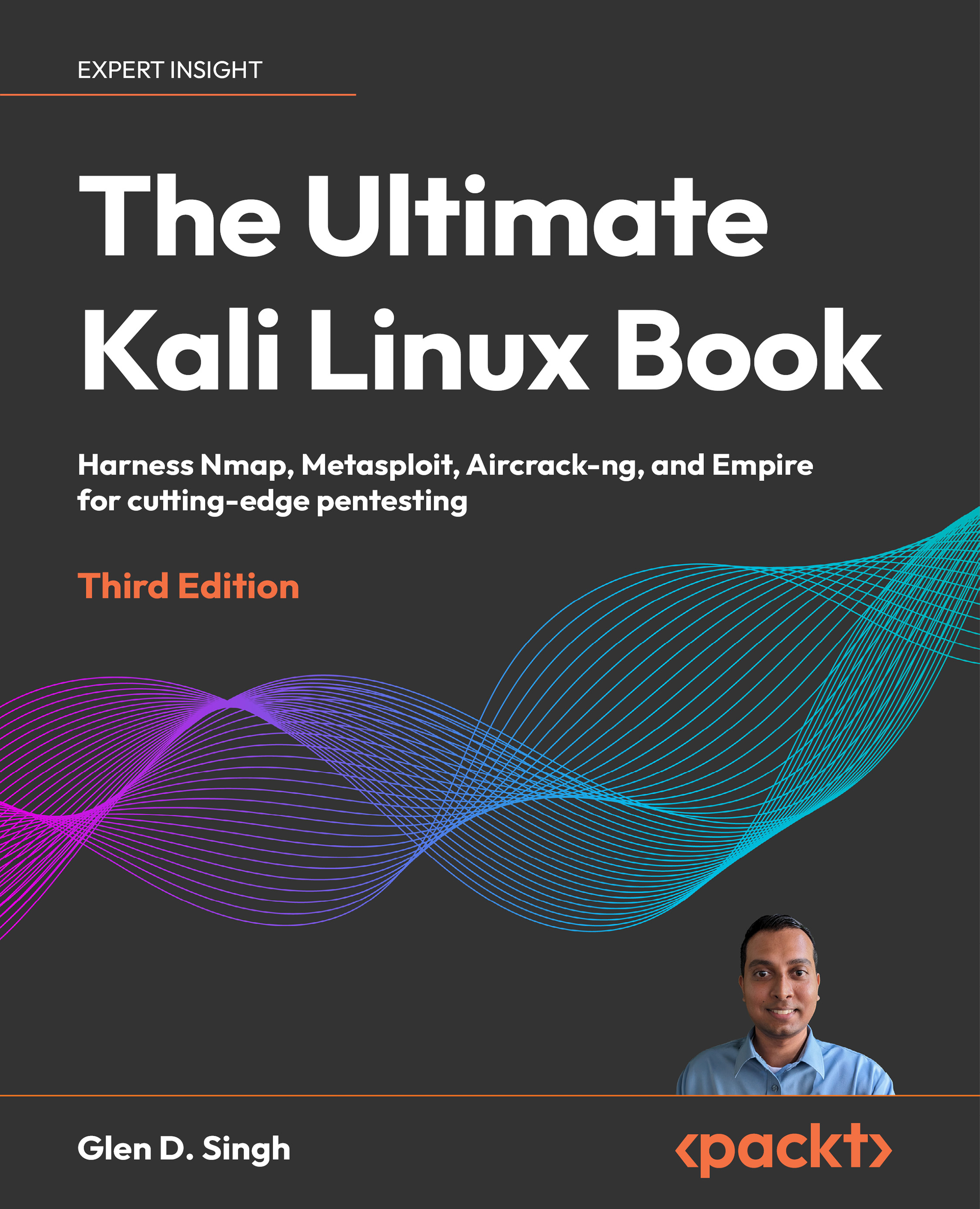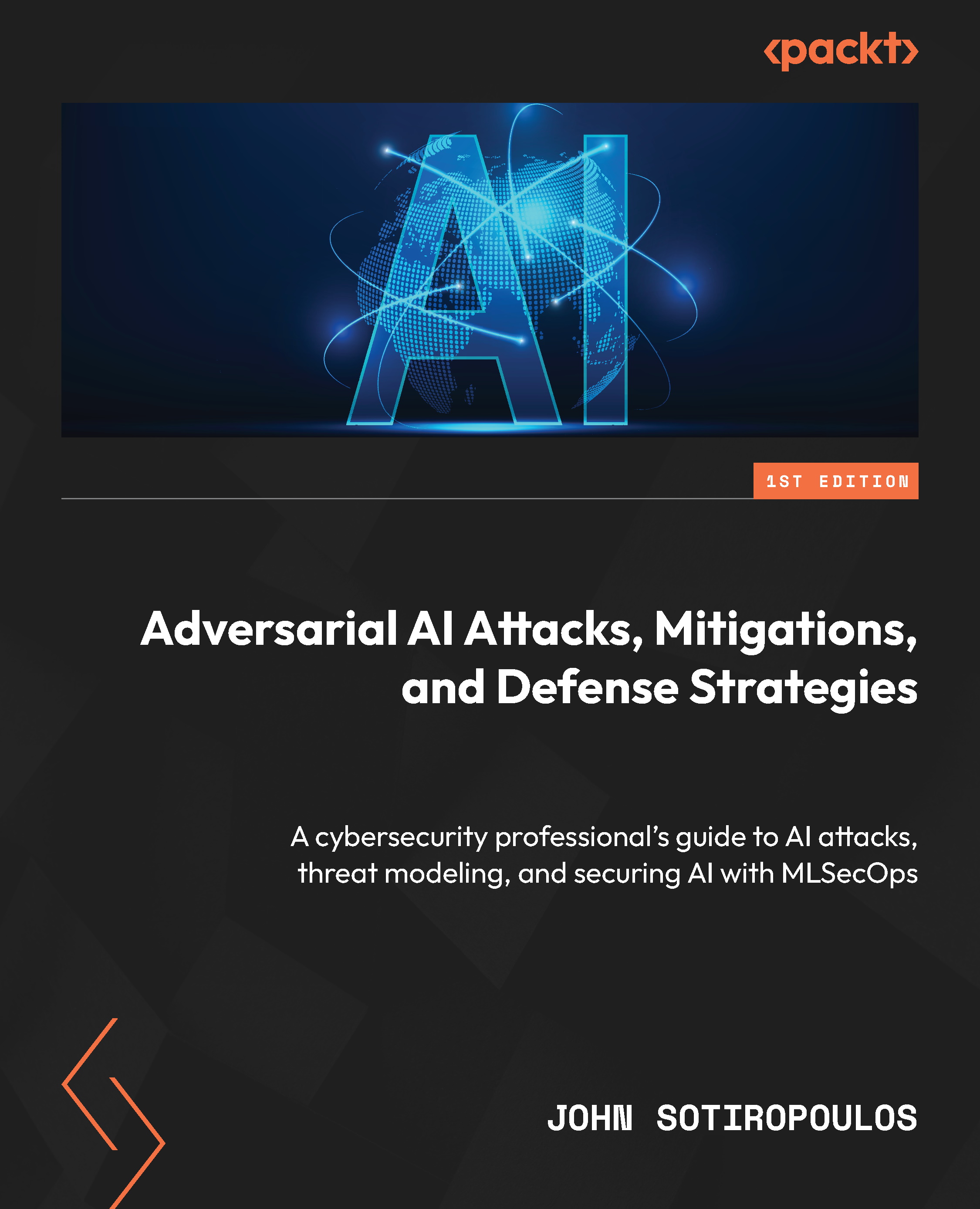Keras is a widely used Python library for building deep learning models. It is so easy, because it is built on top of TensorFlow. The best way to build deep learning models is to follow the previously discussed steps:
- Loading data
- Defining the model
- Compiling the model
- Fitting
- Evaluation
- Prediction
Before building the models, please ensure that SciPy and NumPy are preconfigured. To check, open the Python command-line interface and type, for example, the following command, to check the NumPy version:
>>>print numpy.__version__
To install Keras, just use the PIP utility:
$ pip install keras
And of course to check the version, type the following command:
>>> print keras.__version__
To import from Keras, use the following:
from keras import [what_to_use]
from keras.models import Sequential
from keras.layers import Dense
Now, we need to load data:
dataset = numpy.loadtxt("DATASET_HERE", delimiter=",")
I = dataset[:,0:8]
O = dataset[:,8]
#the data is splitted into Inputs (I) and Outputs (O)
You can use any publicly available dataset. Next, we need to create the model:
model = Sequential()
# N = number of neurons
# V = number of variable
model.add(Dense(N, input_dim=V, activation='relu'))
# S = number of neurons in the 2nd layer
model.add(Dense(S, activation='relu'))
model.add(Dense(1, activation='sigmoid')) # 1 output
Now, we need to compile the model:
model.compile(loss='binary_crossentropy', optimizer='adam', metrics=['accuracy'])
And we need to fit the model:
model.fit(I, O, epochs=E, batch_size=B)
As discussed previously, evaluation is a key step in machine learning; so, to evaluate our model, we use:
scores = model.evaluate(I, O)
print("\n%s: %.2f%%" % (model.metrics_names[1], scores[1]*100))
To make a prediction, add the following line:
predictions = model.predict(Some_Input_Here)
 United States
United States
 Great Britain
Great Britain
 India
India
 Germany
Germany
 France
France
 Canada
Canada
 Russia
Russia
 Spain
Spain
 Brazil
Brazil
 Australia
Australia
 Singapore
Singapore
 Hungary
Hungary
 Ukraine
Ukraine
 Luxembourg
Luxembourg
 Estonia
Estonia
 Lithuania
Lithuania
 South Korea
South Korea
 Turkey
Turkey
 Switzerland
Switzerland
 Colombia
Colombia
 Taiwan
Taiwan
 Chile
Chile
 Norway
Norway
 Ecuador
Ecuador
 Indonesia
Indonesia
 New Zealand
New Zealand
 Cyprus
Cyprus
 Denmark
Denmark
 Finland
Finland
 Poland
Poland
 Malta
Malta
 Czechia
Czechia
 Austria
Austria
 Sweden
Sweden
 Italy
Italy
 Egypt
Egypt
 Belgium
Belgium
 Portugal
Portugal
 Slovenia
Slovenia
 Ireland
Ireland
 Romania
Romania
 Greece
Greece
 Argentina
Argentina
 Netherlands
Netherlands
 Bulgaria
Bulgaria
 Latvia
Latvia
 South Africa
South Africa
 Malaysia
Malaysia
 Japan
Japan
 Slovakia
Slovakia
 Philippines
Philippines
 Mexico
Mexico
 Thailand
Thailand
















